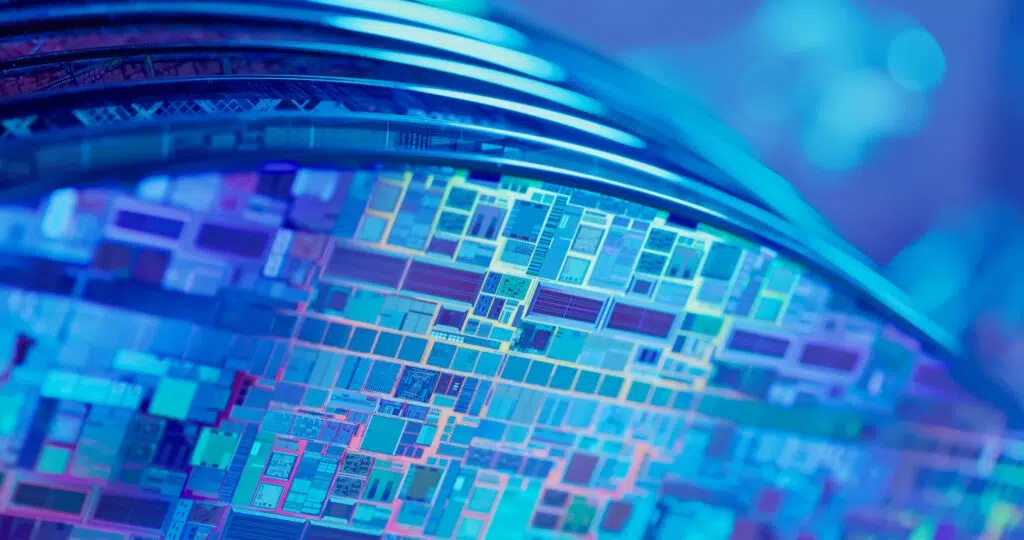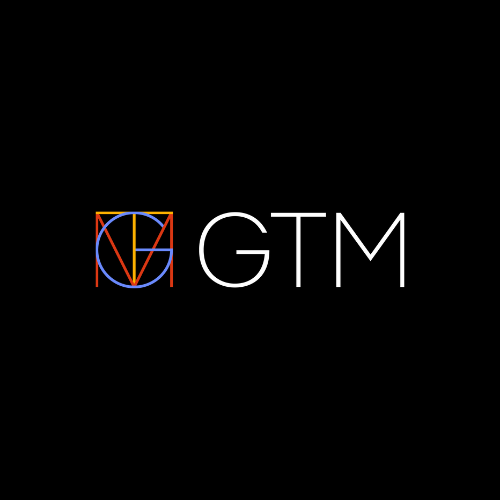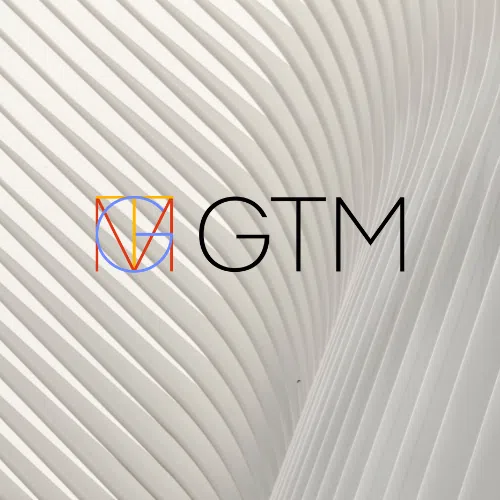Some changes are in store for tax depreciation as a result of the Tax Cuts and Jobs Act. These changes will affect developed software expensing, fixed assets, and tax depreciation calculations moving forward. Here’s what you need to know.
Fixed Asset Types That Are Impacted By Recent Changes
When considering the recent changes, it is important to delineate between two types of assets: off-the-shelf software and developed software.
Off-the-shelf software is generally defined by the following fact patterns:
- The software is available to the general public
- The software is subjected to a nonexclusive license
- The software has not been substantially modified
Developed software is more widely defined as any software that is developed by a taxpayer for its own use or sale.
Assets that meet the definition of developed software will be impacted by this change starting 2022.
Prior Developed Software Treatment
Prior to January 1, 2022, there were three approaches to the expensing of developed software:
- Current Period Expensing (Code Section 162). The first approach handled any expenditures incurred that were not chargeable to a capital account. These expenses could be deducted in the period incurred as current expenses.
- Amortized over 5 years (Code Section 174). This election (174(b)) could be made if the expenses were chargeable to a capital account that did not have a known useful life. They could be amortized over a 5-year period using the straight-line method.
- Amortized over 3 years (Code Section 167). If costs were associated with the software capital account, they could be capitalized and amortized over a 3-year period starting when the software was placed in service. This made those costs eligible for bonus depreciation.
Current Developed Software Treatment
Under the current rules, any amount paid or incurred in relation to the development of software is treated as a research or experimental expense. This causes any of these costs to be amortized over a 5-year period, which establishes a new software amortization life. The in-service period will begin at the mid-point of the tax year that the costs are incurred.
Tax reform can stress a company beyond their capacity. With the ever-changing guidance surrounding fixed assets, it is imperative to stay informed on the rulings that will affect how you calculate tax depreciation. To learn more about GTM’s Tax Depreciation Services or to speak with someone who can guide you through the process, contact us.




